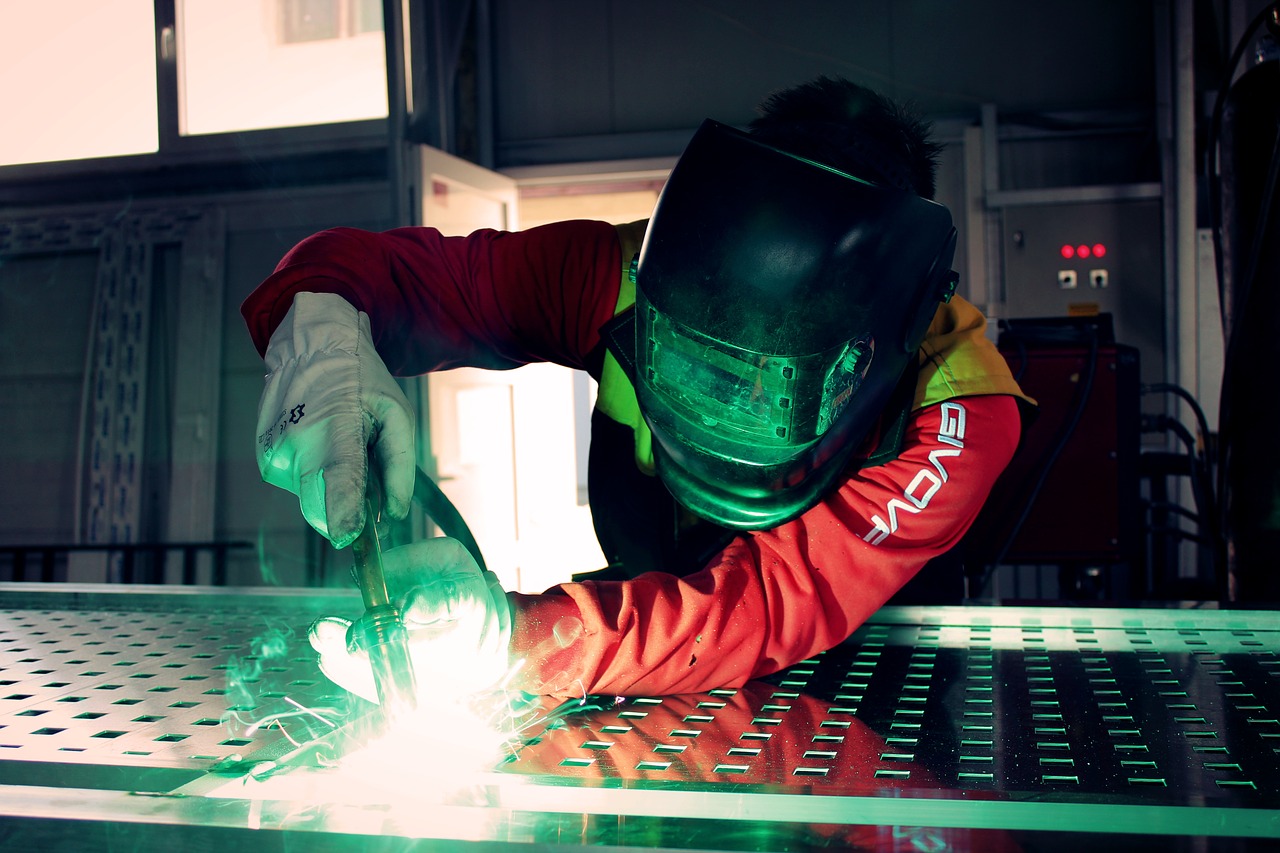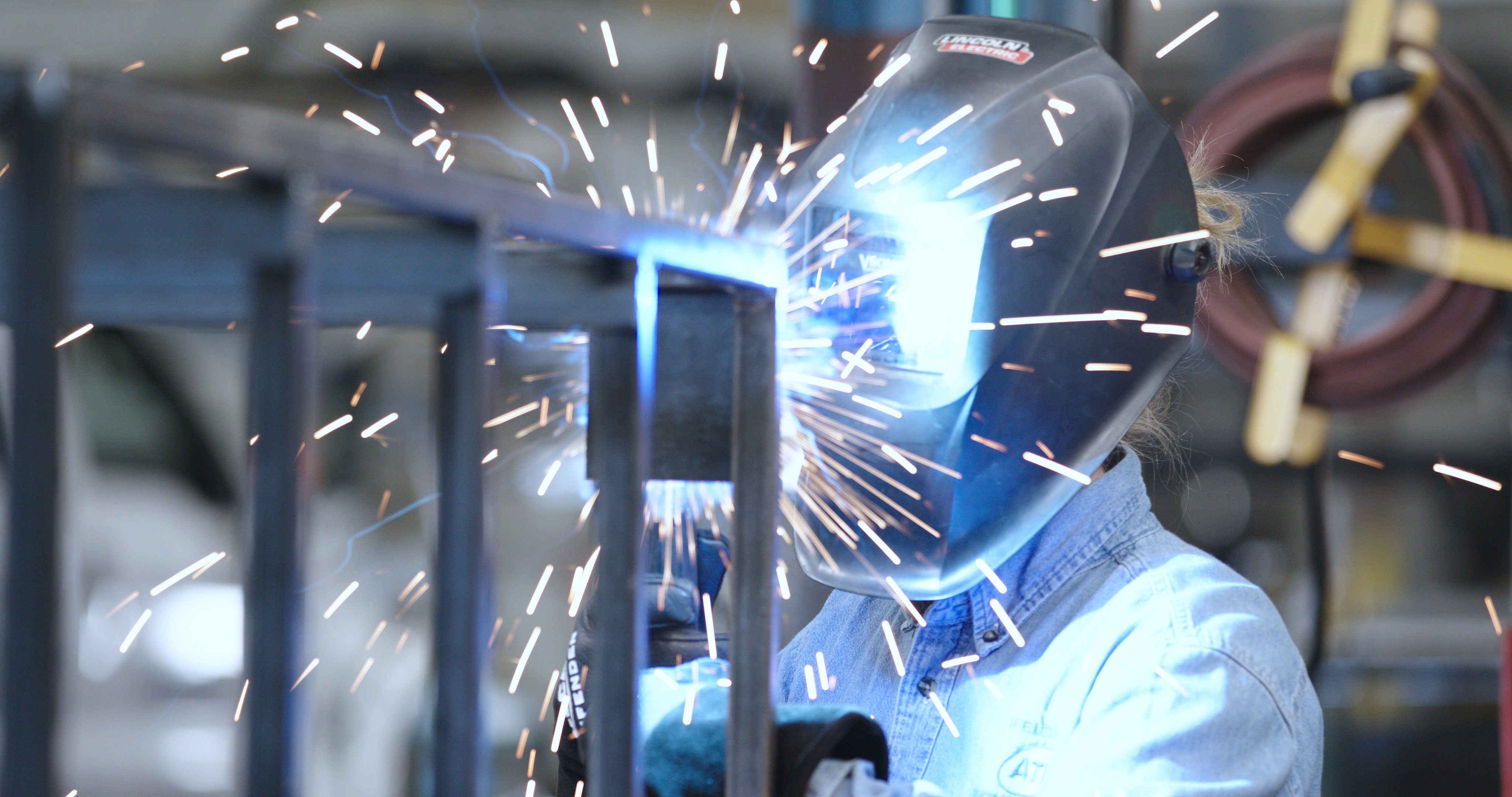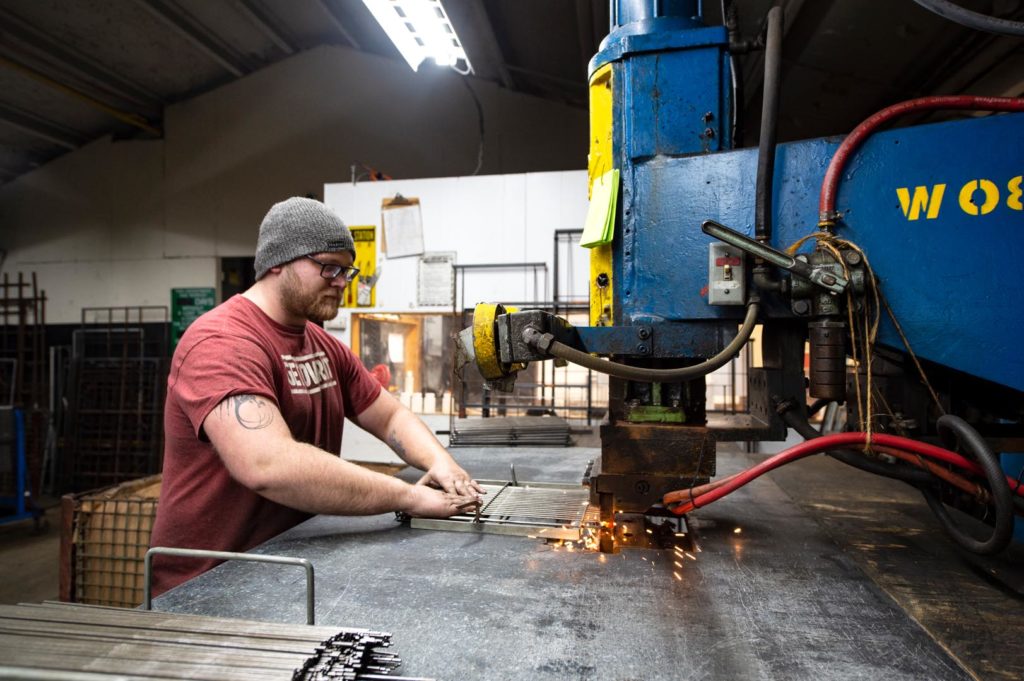A guide to perfect fusion with Montana Mobile Welding and Repair Belgrade Fabrication
Usual Welding Fixing Issues and Just How to Address Them Effectively
Welding fixings commonly encounter a variety of issues that can jeopardize the integrity of the last item. Typical problems consist of insufficient penetration, porosity, and imbalance, amongst others. Each problem presents distinct challenges that require specific strategies for resolution. Understanding these issues is vital for welders intending to enhance their outcomes and skills. This conversation will explore these usual welding fixing problems and effective approaches to resolve them.
Poor Infiltration
Inadequate penetration happens when the weld metal falls short to completely fuse with the base product, leading to weak joints and potential structural failures. This problem usually originates from inadequate warmth input, inaccurate electrode angle, or inappropriate welding speed. Welders might come across insufficient infiltration because of a miscalculation of the essential specifications for a details product thickness or type. In addition, contamination on the base product's surface can prevent efficient bonding, worsening the problem. To deal with inadequate penetration, welders must assure ideal settings on their tools and maintain a clean job surface area. Routine inspection of welds is advised to identify any type of deficiencies early, enabling prompt adjustments and the prevention of jeopardized structural integrity in bonded settings up.
Porosity
Porosity is a typical issue in bonded joints that shows up as tiny gas bubbles caught within the weld steel. This problem can compromise the stability of the weld, resulting in reduced stamina and possible failure under stress and anxiety. Montana Mobile Welding and Repair Fabrication. Porosity generally occurs from contamination, dampness, or incorrect welding methods, which allow gases to leave into the liquified weld pool. To deal with porosity, welders ought to ensure proper surface area preparation, maintain a clean working atmosphere, and utilize appropriate welding criteria. Furthermore, picking the right filler material and shielding gas can mitigate gas entrapment. Regular evaluation and screening of welds can help identify porosity early, guaranteeing prompt corrective actions are taken, therefore maintaining the top quality and reliability of the bonded framework
Misalignment
Misalignment in welding can arise from various elements, including incorrect setup and thermal expansion. Recognizing the origin is important for effective resolution. A number of modification techniques are readily available to straighten parts and ensure architectural integrity.
Root causes of Imbalance
Welding misalignment frequently originates from a range of underlying concerns that can compromise structural honesty. One key reason is inappropriate fit-up of parts prior to welding, which can lead to gaps and irregular surfaces. Variations in thermal growth during the welding process can likewise cause distortion, especially if the products being signed up with have different coefficients of expansion. Additionally, insufficient clamping and fixturing might fail to hold parts safely in position, leading to movement during welding. Improperly conserved tools, consisting of welding devices and devices, might present incongruities in the weld bead, more contributing to imbalance. Operator error, stemming from not enough training or experience, can likewise play a significant duty in creating misaligned welds.

Adjustment Methods Available
Dealing with imbalance effectively needs a combination of restorative techniques customized to the certain concerns handy. One common approach is the use of components or jigs to hold parts in the right position throughout welding, guaranteeing regular placement. Furthermore, preheating the materials can help in reducing distortion and enhance fit-up. For considerable imbalance, mechanical adjustment strategies, such as using hydraulic jacks or clamps, can be employed to correct the placement before welding. Post-weld heat treatment may also be necessary to relieve anxieties triggered by misalignment. Mindful inspection and change during the setup stage can stop misalignment concerns from becoming substantial troubles, promoting a smoother welding process and enhancing total architectural honesty.
Distortion
Distortion is a typical difficulty in welding that can develop from various elements, including unequal home heating and air conditioning. Comprehending the reasons for distortion is vital for executing efficient prevention techniques. Addressing this problem not only boosts architectural honesty yet additionally enhances the total top quality of the weld.
Root causes of Distortion
When subjected to the extreme warm of welding, products usually go through changes that can cause distortion. This phenomenon mostly develops from thermal development and tightening during the welding procedure. As the weld area warms up, the product expands; upon cooling, it acquires, which can create interior stress and anxieties. In addition, irregular home heating throughout a work surface can worsen these stresses, causing warping or flexing. The kind of material additionally plays a substantial function; steels with varying thermal conductivity and coefficients of expansion may respond differently, bring about uncertain distortions. In addition, poor joint style and insufficient fixturing can add to misalignment during welding, increasing the probability of distortion. Understanding these causes is necessary for efficient welding repair and prevention methods.
Avoidance Techniques
Efficient prevention techniques go to this website for distortion during welding focus on managing heat input and guaranteeing proper joint layout. Keeping a constant warm input aids to minimize thermal development and tightening, which can lead to distortion. Using techniques such as preheating the workpiece can additionally minimize the temperature slope, promoting consistent heating. Furthermore, choosing appropriate joint layouts, such as T-joints or lap joints, can enhance stability and lower stress focus. Executing correct fixturing to secure the workpieces in location additionally aids in keeping alignment during the welding process. Lastly, staggered welding sequences can distribute warm a lot more uniformly, protecting against local distortion. By using these strategies, welders can significantly reduce the probability of distortion and enhance the general high quality of their welds.
Fracturing
Breaking is a common problem come across in welding fixings, commonly arising from various elements such as improper cooling prices, product choice, or insufficient joint preparation. The incident of cracks can considerably jeopardize the stability of the weld, causing possible failings throughout operation. To resolve this issue, welders need to first examine the source, ensuring that products work and suitably picked for the certain application. Furthermore, regulating the air conditioning rate during the welding process is crucial; rapid air conditioning can induce tension and result in breaking. Proper joint style and prep work also add to reducing the risk. Implementing these methods can boost weld top quality and toughness, eventually lowering the chance of cracking in completed weldments.

Incomplete Combination
A significant problem in welding repairs is insufficient fusion, which occurs when the weld metal does not adequately bond with the base material or previous weld passes - Montana Mobile Welding and Repair Welding. This flaw can cause weaknesses in the joint, potentially endangering the stability of the welded framework. Aspects adding to insufficient fusion consist of inadequate heat input, incorrect welding technique, and contamination of the surfaces being joined. To resolve this issue properly, welders must guarantee appropriate pre-weld cleaning and surface prep work, along with readjust their welding parameters to attain sufficient infiltration and fusion. Regular assessment throughout the welding process can also aid welding and fabrication identify insufficient combination early, enabling timely rehabilitative steps to boost the general high quality of the weld
Overheating
While welding repairs can enhance structural integrity, overheating presents a significant challenge that can bring about product degradation. Extreme warm during welding can alter the mechanical buildings of metals, resulting wire feed welder in reduced strength, boosted brittleness, and bending. This sensation is specifically crucial in high-stress applications where structural reliability is extremely important. Recognizing getting too hot can include visual inspections for staining or distortion, along with checking temperature throughout the welding process. To minimize the threats connected with getting too hot, welders must utilize ideal strategies, such as managing heat input, readjusting travel rate, and making use of appropriate filler products. Furthermore, executing pre- and post-weld heat therapies can help recover product residential or commercial properties and boost the total top quality of the repair service, guaranteeing lasting performance and safety.
Frequently Asked Concerns
What Are the Typical Indicators of a Welding Issue?

Exactly How Can I Check My Welds for Top quality?
To test welds for high quality, one can make use of aesthetic evaluations, ultrasonic testing, and radiographic approaches. Each technique ensures structural honesty, recognizes flaws, and confirms adherence to specified standards, ultimately enhancing the dependability of the welded joints.
What Safety Precautions Should I Take While Welding?
When welding, one ought to prioritize safety by using suitable personal protective equipment, guaranteeing correct ventilation, securing flammable materials away, keeping a clean work space, and understanding surroundings to avoid accidents and injuries.
Can I Fix a Weld Without Renovating the Entire Joint?
Repairing a weld without redesigning the entire joint is feasible, depending upon the damages (Montana Mobile Welding and Repair Belgrade Fabrication). Strategies such as grinding, adding filler product, or using a welding procedure can efficiently resolve certain flaws while protecting the surrounding framework
What Tools Are Essential for Reliable Welding Repair Works?
Essential devices for effective welding fixings include a welding machine, cable brush, grinder, protective equipment, clamps, and filler products. Each tool plays an essential role in making certain high quality and safety throughout the repair process. Porosity commonly occurs from contamination, wetness, or inappropriate welding techniques, which enable gases to run away into the molten weld swimming pool. Poorly conserved equipment, including welding equipments and tools, might introduce variances in the weld grain, further adding to misalignment. When subjected to the extreme heat of welding, products often undertake adjustments that can lead to distortion. Breaking is a typical concern encountered in welding repair services, usually resulting from different variables such as improper air conditioning prices, material option, or insufficient joint preparation. A considerable concern in welding fixings is insufficient combination, which occurs when the weld steel does not appropriately bond with the base material or previous weld passes.